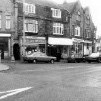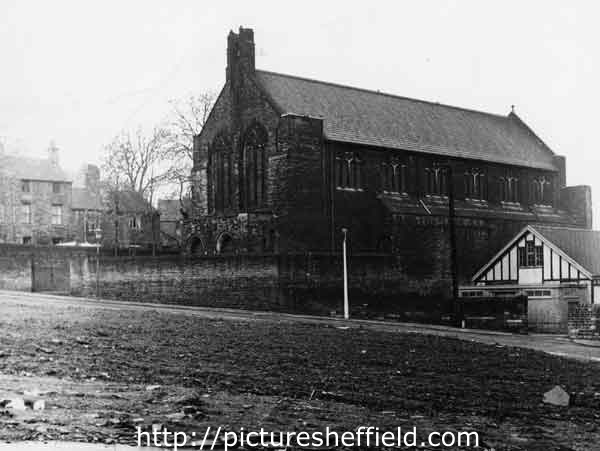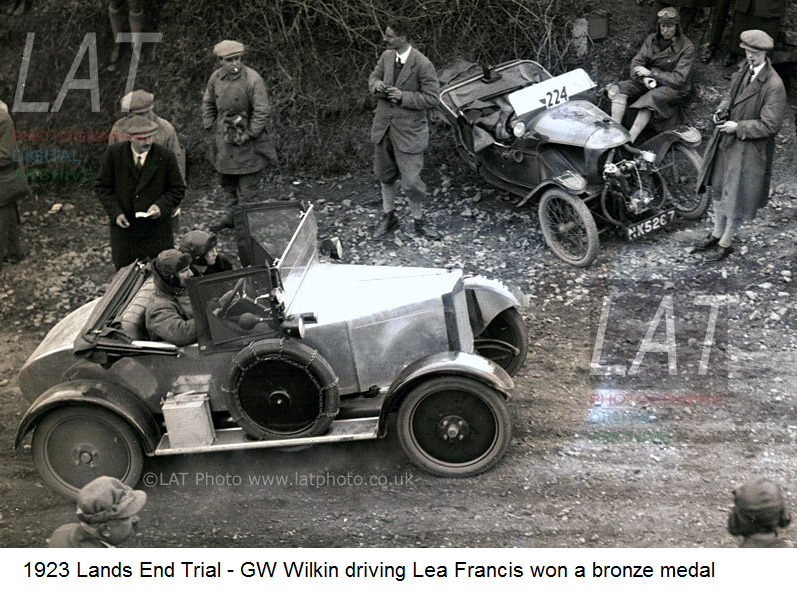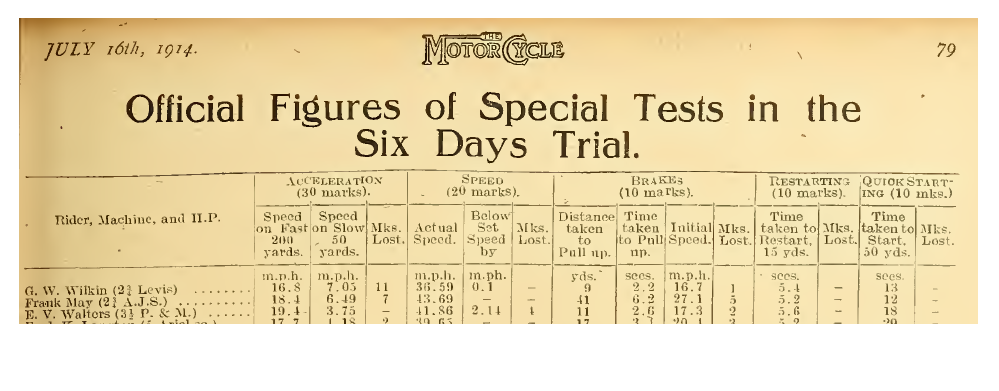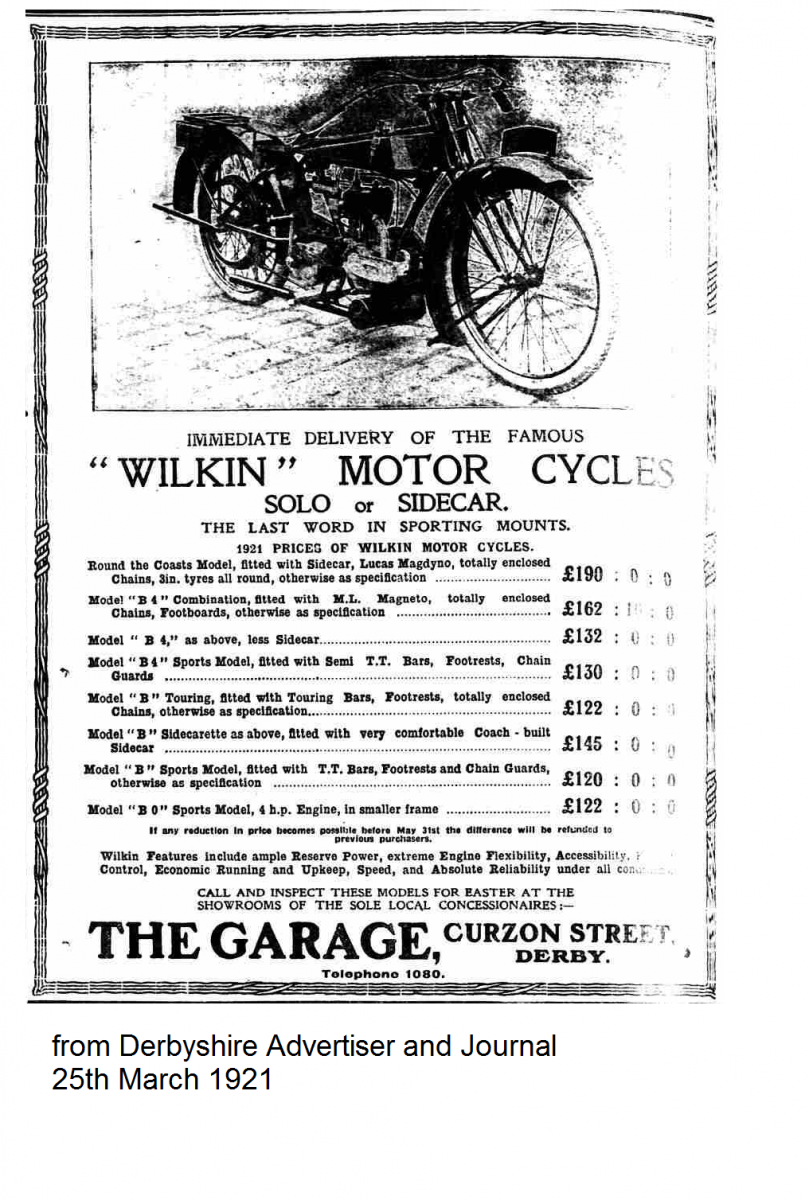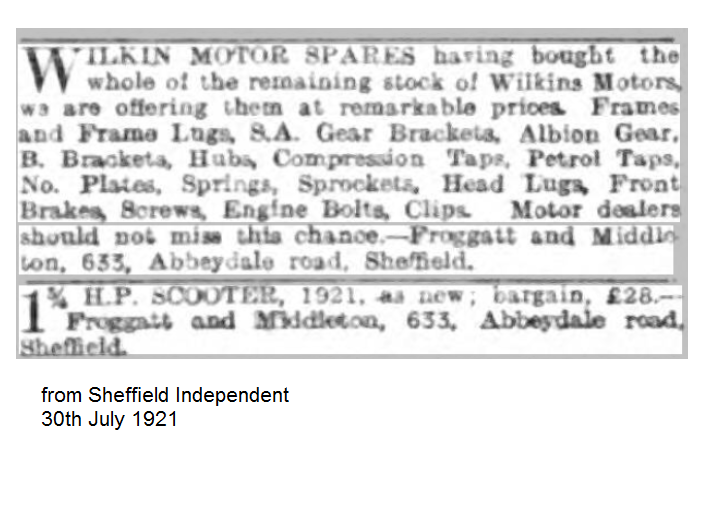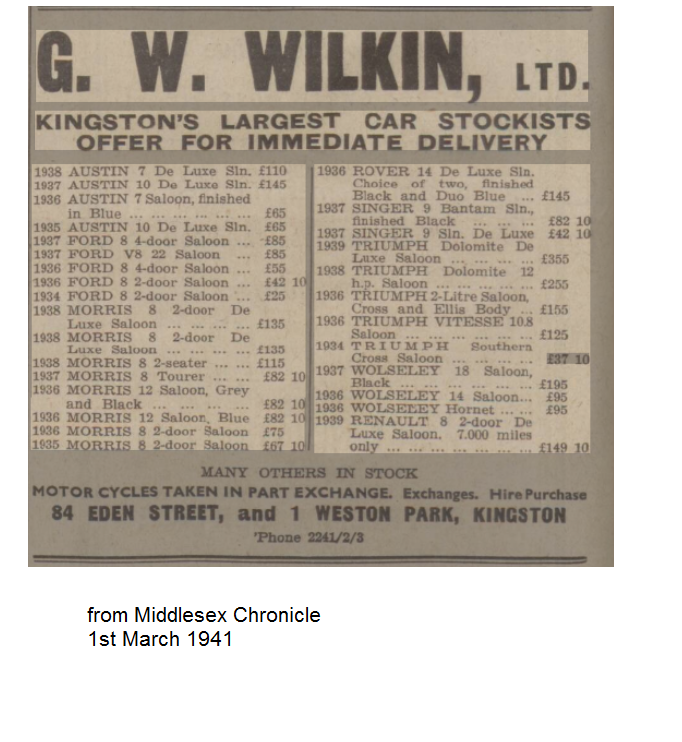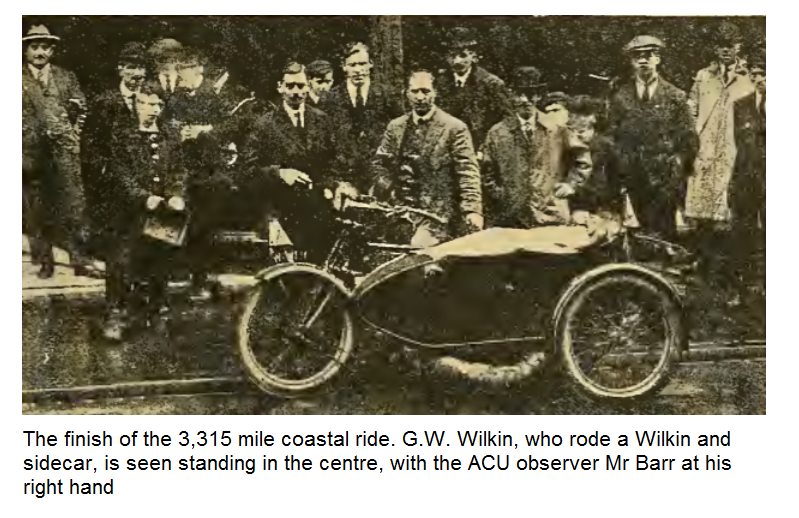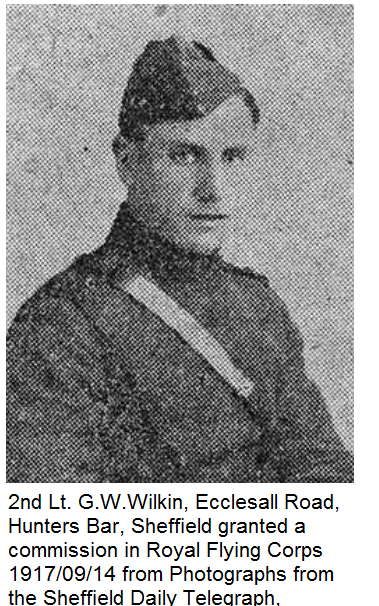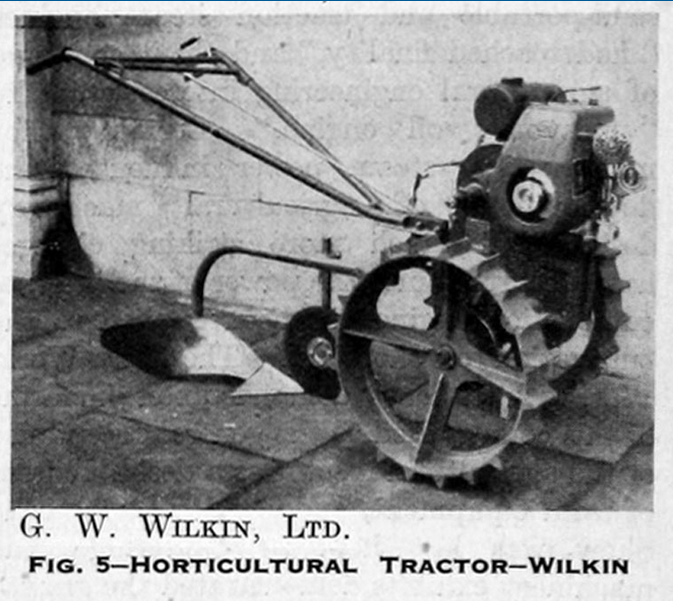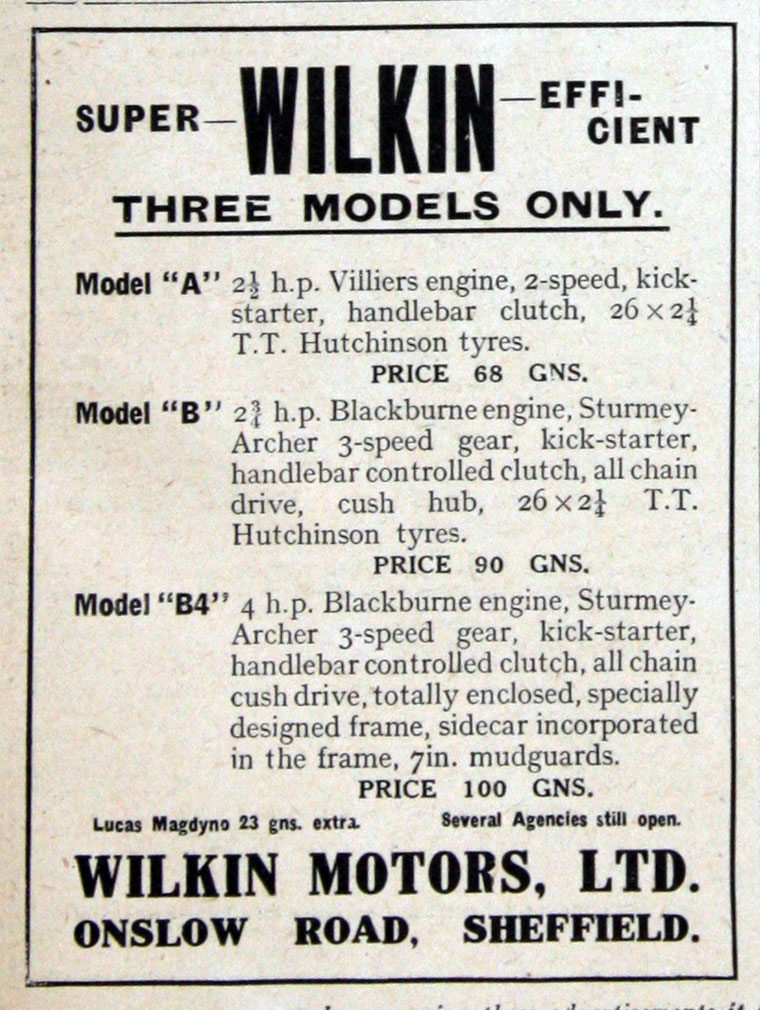Leaderboard
Popular Content
Showing content with the highest reputation on 19/01/21 in all areas
-
1 point
-
1 point
-
This set is around the end of Sheffield Road and Shepcote Lane, with some photos taken from top deck of Tinsley viaduct. 3rd one down is the transport cafe, next door to the Plumpers, now American Golf. If you look on Google maps aerial view, you can still see the ‘CAFE’ letters painted on the roof.1 point
-
Answer in this thread, which surely must be connected? Huge coincidence if not?1 point
-
Well DaveJC , unfortunately the 48 is the giveaway and I’m 73 this year. Ive also looked at some of the pictures on the 50s thread and can well remember the bombed out buildings in the process of being rebuilt. C&A Modes always sticks in my mind as the tram stop to Firth Park was outside and is a reminder of trips from Totley to visit my grandparents. There were temporary buildings at the bottom of the Moor where it had been flattened. I watched it all being rebuilt but didn’t warm to a single redevelopment, Those blackened substantial buildings that remained and were the essence of the town centre were removed and replaced with concrete and glass . It constantly annoys me when I’m told by historians ,that are half my age, what a grim, grey and miserable time it was in post war Britain. I never felt that , nor does anyone that I personally know who lives to tell the tale. They were times of hope. The streets of Sheffield were filled with warmth and good humour and were filled with people who were proud to be Sheffielders. It was a safe place and people looked after each other. The brutalist buildings that replaced the old and familiar seem to reflect the gradual decline in those attitudes. There’s so much I could add but I’m sure somewhere along the line I’d end up being too controversial1 point
-
In 1993 I was on holiday in the Isle of Man, and visited Murray’s Motorcycle Museum. One of the exhibits caught my attention – it was a framed AutoCycle Union Certificate of Performance for the Wilkin motorcycle which I noted had been made in Sheffield at Onslow Road, a couple of roads away from where I grew up. I took a poor photograph of the certificate. In 2005 Peter Murray announced that the museum was closing and asked for people to register their interest in buying the exhibits. I asked to buy the ACU certificate, but never heard anything. I presume there was insufficient interest in purchase of the exhibits, as the museum is still operating, and I guess the Wilkin ACU certificate is still on their wall. George William Wilkin was born on 24th March 1888 to Thomas (a razor grinder) and Florence Ann Wilkin of St Philip’s Road, and baptised on 10th April at St George’s church. In 1909 he was a traveller of 412 Sharrow Vale Road and on 8th March he married Ethel Marples at St Augustines, Brocco Bank. Ethel was a couple of years older than George, the daughter of Charles Marples, a stone mason of 61 Cemetery Road. The witnesses were Arthur Frederick Wilkin and Estelle Ann Marples. George and Ethel’s children were Constance (born 1909), Gladys (born 1913) and Ronald (1914). In 1908 and 1909 George was a member of the Sheffield Cyclists Road Club. He entered many events and was a rival of Osbert Skinner in both races and in trying to beat Osbert’s 50 mile record. At the 1909 CRC dinner he was presented with 5 prizes. At the 1911 Census George was recorded as a cycle agent at 412 Sharrow Vale Road, aged 23 with his wife Ethel (25) and daughter Constance Estella 1 ¾, born at 40 Murray Road. The Whites Directory of Sheffield & Rotherham for 1911 listed “Wilkin, George William, cycle dealer at 412 Sharrow Vale Road. In February 1913 George was riding a motorcycle and sidecar near Foxhouse. Two cyclists were approaching round a corner from the opposite direction. George sounded his horn, signalled to warn the car behind him, and slowed. The car driver misread the situation and moved out to overtake George. In trying to move to the left and slow, the cyclists collided and one of them was hit by the car and killed. The court found no-one to be at fault. In March 1913 George was the sole agent in Sheffield for the Rex J.A.P 6 h.p. motor cycle, which could be delivered from his stock at Sharrow Vale Road. In 1914 George took part in the London to Edinburgh Run comprising 199 Motorcycles with and without sidecars, and 27 Cyclecars. He was number 164 on a Rex 8 h.p. sidecar outfit. From 6th July he took part in the A.C.U. Six Day Trial, which was based in Sheffield. George used a 349cc 2 ¾ h.p. Levis. The A.C.U. rented shop premises on London Road which allowed for administration, a press office and display of the silver cups for the winners, The Olympia skating rink on Bramall Lane was hired for storage of the machines, refuelling and for scrutineering. Machines and riders were taken next door to the Anchor Brewery where they were weighed. A Sheffield-Simplex car was used to spread dye along the route for competitors to follow. George and the Levis performed well especially on the hill climbs, and he finished with a bronze medal award. On the 18th July the Sheffield and Hallamshire Motor Cycle Club held their final flying kilometre trial of a series of three – George set the fastest sidecar time on an 8 h.p. Rex-JAP. On 25th July The Sheffield and Hallamshire MCC organised their sixth annual Holyhead and back trial (a distance of 316 miles) – the weather was terrible but George won a silver medal, again on his Rex-JAP. On 1st July 1915 George Wilkin a motor engineer of 635 Ecclesall Road was fined £3 for breach of blackout regulations. PC Purdy had drawn his attention to the fact that three lights in his shop were without shades or blinds and were throwing light onto the street. Wilkin took practically no notice and continued with some work he was doing. On 23rd April 1917 he was again fined for a blackout offence, this time 10 shillings. On 28th April 1916 an advert in the Sheffield Daily Telegraph Workmen Wanted section read “ MOTOR-CYCLE MECHANIC Must be thoroughly experienced Wilkin Hunters Bar”. On 11th November 1916 an advert in the Daily Telegraph read “Will the LADY who picked up parcel Ecclesall road yesterday afternoon, dropped from motor-cycle, please return same to Mr Wilkins’ Motor Garage, Hunters Bar?” On 16th December 1916 an advert in the Daily Telegraph read “MOTOR CYCLE MECHANIC, ineligible or discharged soldier – Wilkin Hunter’s Bar”. In March 1917 George was advertising “PETROL SUBSTITUTE – We guarantee your machine will run as well on our SUBSTITUTE as on PETROL. All that is necessary is a petrol injection when cold” In January 1917 George appealed against conscription: G W Wilkin, Motor Engineer, aged 30 married, basis of claim “A” Result “Munitions”. In February the military appealed and he was (now stated as 28 years old) given until 31st March then would have to do “garrison service abroad”. George enlisted in the Royal Flying Corps on 17th April 1917 From being a cadet in the Royal Flying Corps, he was given a temporary commission as 2nd Lieutenant on 16th August 1917, and became a Lieutenant (Flying) on 1st April 1918. George flew the following aircraft: Airco DH6 (trainer), the B.E.2c, Armstrong Whitworth, and R.E.8 . He served in France. On January 11th 1919 Lieutenant G W Wilkin was transferred to the “unemployed list” ready for demobilisation. On 30th June 1917, seven motorcycles were advertised for sale from his premises at Hunters Bar, possibly trying to keep the business afloat while he was away. The business was very active during 1918 – it is not clear who was operating it whilst George was away with the RFC– possibly Thomas Jackson had left the services by this time? In January 1919 he advertised “We have done our best in the Great War, The Two Partners in the Firm have together had Six Years’ Service with the Colours, a reputation held by no other firm in the Trade in Sheffield”. On 18th July 1919 a newspaper notice was posted stating that the partnership between George and Thomas Hewitt Vincent Jackson as G.W. Wilkin and Company, motor cycle dealers, 635 Ecclesall Road was dissolved as of 28th June. A newspaper notice dated 8th July stated “The Old Business Under a New Name WILKINS and Co late G W WILKIN and Co The Hunters Bar Motor Depot Business As Usual under a new and efficient Management” In August 1919 Harry Wilkins (no relation and with an “S”), of 99 Rustlings Road, step father of Thomas H V Jackson bought the motor business from Wilkin at a cost of £5,525, £2,500 of which was for “goodwill”. After the purchase, by March 1922 Harry Wilkins had lost £4,300 and was bankrupt. Not all of his problems were down to the motor business. Harry had been a general manager and managing director to large silver firms, but in 1916 he started business as a steel merchant on his own account. In 1917 he committed to a contract with a Norwegian firm to buy 450 tons of ferro-chrome, but the Ministry of Munitions immediately put this type of material under control and requisitioned it. When the controls were removed the price of ferro-chrome had dropped by £40 per ton, and the vendors forced him to take part of the quantity at the original price. On 4th September 1919 the new Endcliffe Motor-cycle and Car Depot at 635-637 Ecclesall Road was advertising impending arrivals of Deemster HFG and MB Light cars. On 20th September 1919 the advert for the Wilkins Motor Co stated that the proprietor was T H Jackson. Immediately underneath was an advert for George Wilkin’s new lightweight motorcycle He was now a Sole Proprietor based at 154 Broomhall Street “No connection with any other firm in Sheffield” as he had sold his Wilkin Motor Company. The initial machine had a Villiers 2 ½ HP two stroke engine, 2 speed gearbox Brampton forks for 62 guineas or 68 guineas with a kickstarter and clutch. Delivery was 10 to 14 days. His new Model B with Blackburne engine was due in 6 to 8 weeks. By 11th October 1919, his adverts stated that his agent in Sheffield was now Frank B. Roper of166-168 London Road. The adverts noted results from the Bisby Cup (over a course of 68 miles) and G W Wilkin won the prize for the lowest powered motor-cycle with his 2 ½ HP model. By November 1919 another dealer had been found, the Upwood Motor Company in Bristol. On 9th January 1920, a new company was registered: Wilkin Motors (Limited) with capital of £10,000, the directors were Mr. G W Wilkin of 91 Onslow Road, Mr. H Wilkin (George’s brother) also a motor engineer, 188 Ecclesall Road and Mr Walter Lister (George’s step brother) an asphalting contractor, 54 Aberdeen Street. The 91 Onslow Road house is the double house on the bend. This advert is the first with Wilkins’ address being Onslow Road. On 10th January 1920 Wilkin placed an advert stating that the first test of the B model had taken place – the London – Exeter – London trial. Although the machine had only been finished the night before it had won a Gold Medal. 24th January 1920 – another sole agent has been appointed: The Moortown Motor Cycle and Cycle Company, Leeds. In February Bert Houlding , Marks and Rigby Ltd of Preston advertised as an agent. George was advertising for motor cycle frame builders in February.In March Wardmans of Cheltenham were advertising as an agent. By June Widdowsons of Nottingham were advertising as being an agent. On 2nd May 1920 George was part of Frank Roper’s team, competing in the Sheffield Motor-Cycle Traders Team Trial – Roper’s team won 1st prize, a silver cup and 6 gold medals, George scoring 100% on a 2 ¾ h.p. Wilkin. In May 1920 George won a silver medal in the Birmingham M.M.M club’s Victory Trial. In June 1920 George won a gold medal at the Ilkley trial with his 2 ¾ h.p. machine, and a first class certificate in the 350cc class. In September 1920 George won the Mellano Cup for the smallest powered machine to complete the Scott Trial. He then embarked on the promotional round Britain ACU observed journey of 3,315 miles, starting and finishing at Blake’s showrooms in Liverpool, using a 3 ½ h.p. outfit, with Mr J.M. Barr official ACU observer. He was expected to arrive at Snell’s Motor House (Devon and Cornwall agents) on Saturday 25th September. The trip took 21 days finishing on 1st October The first day, Liverpool to Barrow (112¼ miles) was the shortest leg, and the last from Grimsby to Yarmouth (235 miles) the longest. Starting from Liverpool on September 8th, the route was via the West and North Coast of Scotland to John-o’-Groat’s, down the East Coast of Great Britain to Tilbury Docks, along the South Coast to Land’s End, then via the Welsh Coast to Liverpool. The coast-line was followed wherever there was anything in the nature of a road. Often this was nothing more than a right of way, and from Dumfries to Thurso the machine had to travel over stones and boulders, which the machine withstood remarkably well. This was described as the worst stretch of road. At Scourie, in Scotland, it was found that the ferry had been out of commission for twelve months. However, the ferryman raked up a craft of some description and got them across. The actual travelling days numbered twenty-one, and on two days the rain was so heavy that no mileage was made, and the motor cyclists remained at Grimsby and Yarmouth respectively. During the first fortnight there was incessant rain, and the rider declared that the journey over the noted ‘Rest and be Thankful’ hill would have been impossible had it not been for the chain drive. Bitter complaints were made of the terrible roads. Although a few spare valve parts were carried, replacements were surprisingly few, the tyre troubles consisting of five punctures (two in the sidecar tube) and a leaking valve. The carburetter and magneto were faultless. Without passengers, the outfit weighed 4¼cwt and its load 22 stone. The average petrol consumption was roughly 55mpg, and oil about 800mpg. A feature of the cycle was the 7¼in. mudguards. In November 1920 the firm showed their sidecar and sports models at the Olympia Motor Cycle Show in London. The Motor Cycle magazine wrote: “REALLY HIGH-CLASS SINGLE-CYLINDER machines are few and far between among the newcomers to the market, and for this reason the Wilkin 4hp machine will attract its full share of attention. It is the product of Mr G.W. Wilkin, of Sheffield, who for several years has been selling motor cycles besides riding them both privately and in competitions. The engine is the well-known Blackburne ‘4’, and the gearbox a Sturmey- Archer with all-chain transmission totally enclosed in well-proportioned cases. Having a sloping top tube, the frame has distinctive lines, and is rather longer than would have been necessary on a machine intended for solo work. The Lucas Magdyno combined lighting and ignition set forms part of the equipment and the black finish is relieved by neat gold lining on the tank and a plated handle-bar. The mudguards are of good width, and in the case of the front wheel guards extend outside the fork members, while the valances on both are deep. At every point the design and construction appear to be sound, and we should not be surprised to see the Wilkin become very popular, not only in the districts adjacent to its birthplace, but among motor cyclists generally. We congratulate Mr Wilkin on a splendid machine, which comes as a welcome addition to a type of which there are not too many representatives.” In January 1921 N.M.E Ltd of Sunderland advertised “The Super-efficient Wilkin Motor-cycles, excels in the single cylinder class of motor-cycle. Come round and have a demonstration run” However the business was not succeeding. On 25th May 1921 a voluntary liquidation notice for “The Wilkin Motors Limited” was placed in the Sheffield Daily Telegraph. A liquidation sale of 1500 lots was arranged to take place by JG Severn and Co, Auctioneers, in Alfreton on Wednesday 27th and Thursday 28th July. Catalogues were available for 3d. The whole of the stock was bought by Froggatt and Middleton of 633 Abbeydale Road, and by 30th of July they were advertising them in the Sheffield papers. A further consignment of Wilkin spares had been found and put up for sale at Alfreton on 10th August. By April 1922 Froggatt and Middleton still had most of the Wilkin stock and advertised “Don’t miss this chance: everything to build a brand new high-class Motor Cycle at second-hand price. Special offers to the Trade for quantities” Holmes and Younie were advertising themselves as being “Late G W Wilkin & Co” based at Ecclesall Road, and were present at the Olympia show in November 1921, obviously keen to associate themselves with Wilkin and his goodwill. July 1921 saw George win a gold medal at the Ilkley Reliability Trial on a 6 h.p. Martinsyde combination. In June 1922 George in a 9.5 h.p. Deemster 2-seater light car won a gold medal at the Sheffield-Barmouth-Sheffield Reliability Trial, organised by the Sheffield and Hallamshire Club. At Easter 1923 George won a bronze medal in the Motor Cycling Club’s Land’s End Trail, driving from London (Slough) to Land’s End in a Lea-Francis car. Christmas 1924 saw George in his 9.8h.p. Lea-Francis car competing in the London to Exeter trial. The 27th July 1925 saw him in a 12 h.p. Lea-Francis competing in the Edinburgh and District club’s Scottish six days trial. By mid 1932 George was running his motor cycle dealership at 26 London Road, Kingston-on-Thames, and was still there in October 1933. In December 1934 he won a bronze medal in the Streatham Revenge Cup Trial, riding a 499cc Ariel motor cycle. He was still listed as an Amal carburettor stockist at The Parade, 26 London Road, Kingston-on-Thames in September 1947. In 1939 the Rallye Automobile de Monte-Carlo ran between 17th and 25 of January and there were 121 cars starting and only 100 finishing. George’s 2 litre Triumph Dolomite car was the first to leave John o’ Groats and he came 47th. The British competitors complained about poor signage, as many of them had got lost driving through Toulouse. By March November 1940 George was operating G W Wilkin Ltd, a car sales firm, from 2 sites in Kingston-on-Thames, the largest dealer in the town. His 1941 newspaper advert featured 29 cars but he had many more in stock. By 1950 G W Wilkin Ltd, Weston Park, Kingston-on-Thames were marketing the “ Farmer’s Boy” light garden tractor. They were selling agricultural Wet Spraying units for attachment to small tractors in 1956. George died on 29th April 1962 at 19 & 20 Marine Point Flats, West Parade, Worthing survived by Ethel his wife. He left £40,764 17s 9d in his will.1 point



